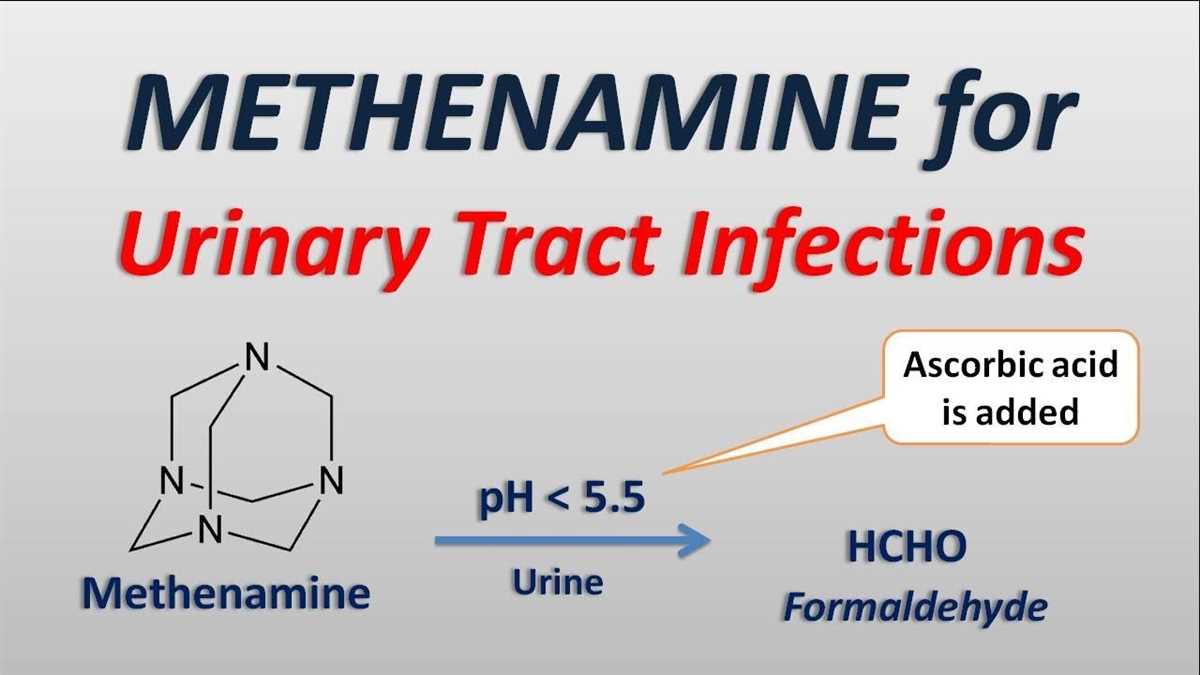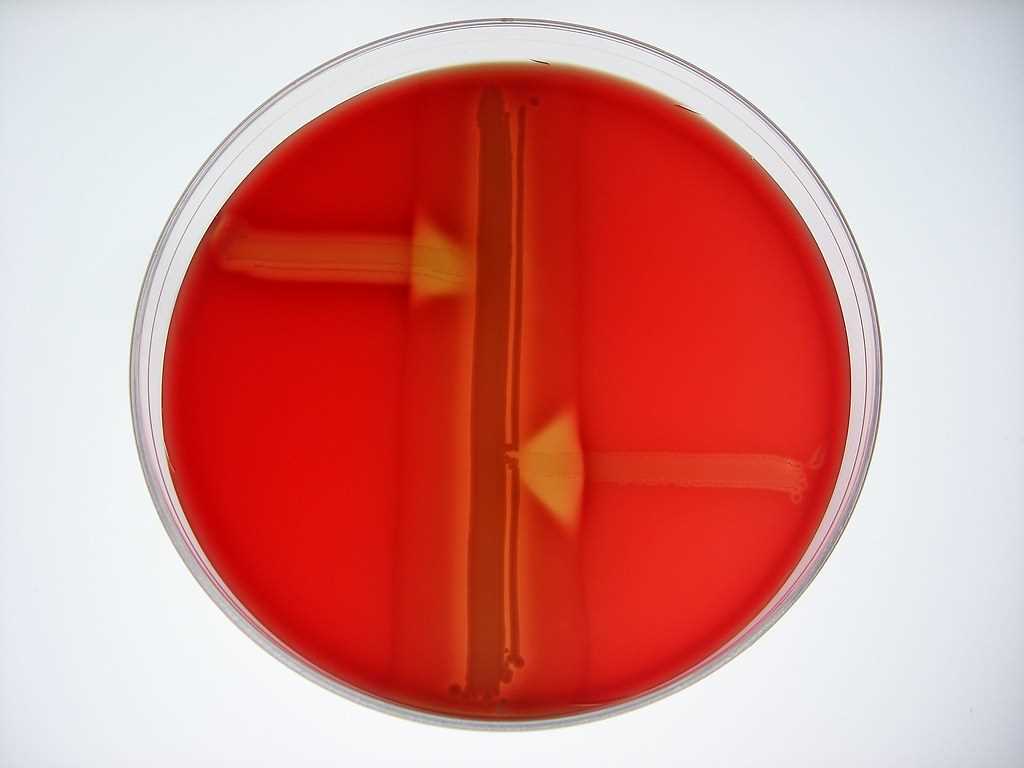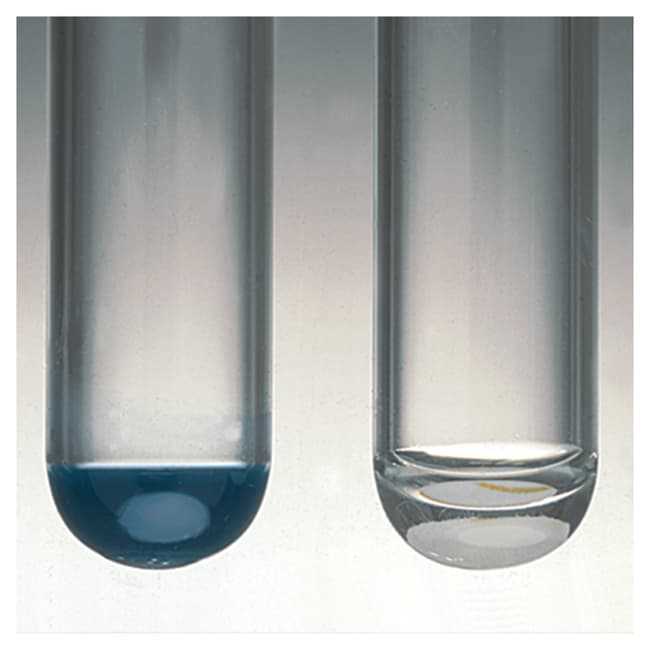
The hippurate test is a biochemical assay used to identify certain bacteria based on their ability to hydrolyze hippurate, a compound found in certain foods and body fluids. The test is particularly useful in differentiating between two important bacterial species, Group B Streptococcus (GBS) and enterococci.

To perform the hippurate test, a bacteria sample is inoculated onto a special agar medium that contains hippurate as a substrate. The bacteria then produce an enzyme called hippuricase, which breaks down hippurate into hippuric acid and glycine. If the bacteria have the enzyme, a characteristic purple color change occurs on the agar due to the formation of a complex between hippuric acid and a reagent in the medium.

The hippurate test is commonly used in clinical laboratories to identify GBS, a leading cause of neonatal sepsis, pneumonia, and meningitis. GBS is a commensal bacterium in the genitourinary and gastrointestinal tract of up to 30% of pregnant women. Therefore, routine screening of pregnant women for GBS colonization is important to prevent transmission to newborns during delivery. The hippurate test is an effective and simple method to determine GBS colonization status.

Q&A:
What is the Hippurate test?
The Hippurate test is a microbiological test used to identify and differentiate bacteria based on their ability to hydrolyze hippurate in the presence of certain enzymes.
How does the Hippurate test work?
The Hippurate test works by adding a sample of the bacteria to a test tube containing hippuric acid. If the bacteria produce the enzyme hippuricase, it will hydrolyze the hippuric acid and release glycine, which can be detected by a color change or other chemical reaction.
What is the purpose of the Hippurate test?
The purpose of the Hippurate test is to identify and differentiate bacteria, particularly the group of bacteria known as group B Streptococci. It is commonly used in clinical microbiology laboratories for the rapid identification of these bacteria.
What are the limitations of the Hippurate test?
The Hippurate test has some limitations, as it is not specific to group B Streptococci and can give false-positive or false-negative results. It should be used in conjunction with other tests and clinical information for accurate identification of bacteria.
Are there any alternative tests to the Hippurate test?
Yes, there are alternative tests to the Hippurate test, such as the CAMP test and the Lancefield grouping test, which can also be used for the identification of group B Streptococci and other bacteria.
What is the Hippurate test?
The Hippurate test is a medical test used to determine the ability of an organism to hydrolyze hippurate to benzoic acid and glycine.


